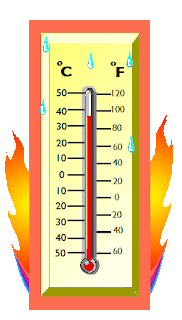The hole involves cases of DWI arrests where a plea agreement is reached on a "reduced" charge of obstructing a highway, reckless driving, or a like offense in which the accused is eligible for deferred adjudication (DWI is not deferred eligible in Texas). In Brazos County, the usual course involves the prosecutor adding a "Count II" to the misdemeanor complaint alleging obstructing a highway, etc. Count I, the DWI, is waived and the accused pleads guilty to the obstructing count. The court grants deferred and the client goes their merry way, successfully completing the probation.
After successfully completing the deferred the client comes back to me and asks if they can get their records sealed using an Order of Non-Disclosure. Of course they can. However, only the obstructing count will be sealed. The Bryan-College Station DWI arrest will remain on their record despite the completed deferred. Why? Because only the obstructing count was deferred, not the DWI count. Even if the clever defense lawyer includes the DWI arrest information in the Order of Non-Disclosure, DPS will not seal the DWI arrest record.
What about expunction, you ask? Excellent point. However, the problem is Chapter 55 of the Code of Criminal Procedure which provides for expunction. Chapter 55 does not authorize expunction for an arrest "unless" there was no court ordered community supervision resulting from the arrest (except Class Cs). But we know there was court ordered community supervision for the obstructing a highway count. Consequently, the person is not technically eligible for expunction of the DWI arrest and the local prosecutors have been objecting to expunction petitions on this precise issue in Brazos County.
What's the net result of this hole in the Non-Disclosure statute? Presently, even though a good DWI defense lawyer may get the prosecution to reduce a DWI to a deferred eligible offense, the accused person is stuck with a DWI arrest record that can neither be sealed, nor expunged. A big problem for young persons having made a mistake in college and now trying to develop careers in corporate America. Hopefully, the Texas Legislature will eventually fix this problem since the spirit of the Non-Disclosure law is being thwarted by a hole in the statute resulting when DWIs are reduced to deferred adjudication eligible offenses.





